

Anthony Crawford
1990 Lamborghini Countach review
6 Days Ago

Contributor
Lexus has revealed the TX large three-row crossover SUV to slot above the RX, though it’s unclear if it will launch in Australia.
Dubbed as a vehicle made “specially for the North American market”, the core Lexus TX range are expected to go on sale in the USA in the coming months, with the flagship TX 550h+ plug-in hybrid expected to go on sale there “at a later date”.
The Lexus TX will exclusively be produced at the Toyota Motor Manufacturing plant in Indiana. This is the first time a Lexus vehicle has produced there.
The Lexus TX is based on the TNGA-K platform which underpins the likes of the Toyota Grand Highlander, among others. The TX also shares a number of exterior and interior design elements with the Grand Highlander.
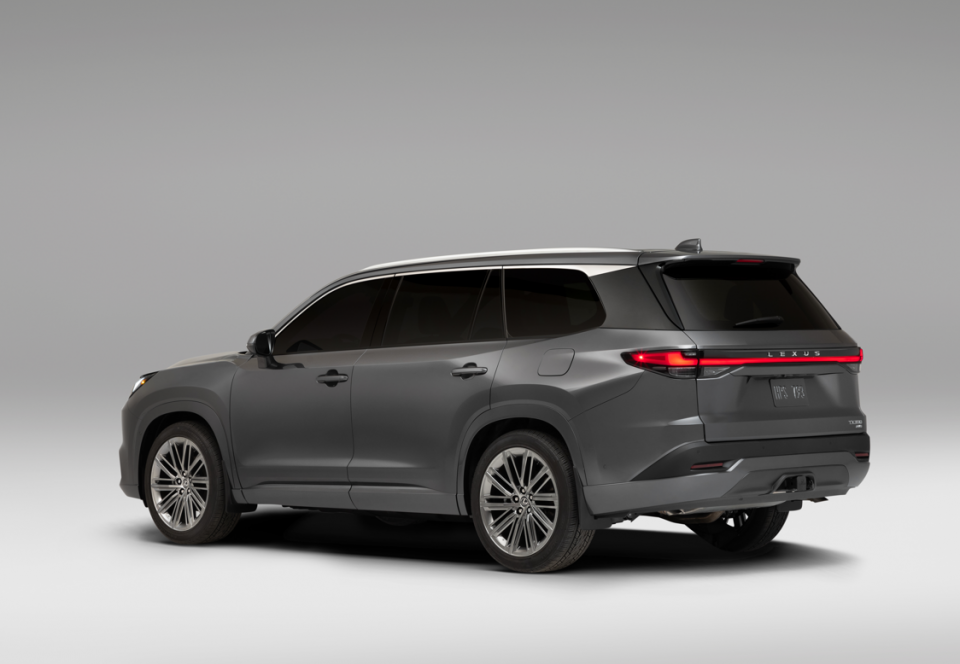
Lexus has confirmed the TX will be available with a three powertrains, including a hybrid and plug-in hybrid option.
The flagship TX 550h+ is powered by a 3.5-litre V6 plug-in hybrid (PHEV) powertrain producing a total system output of 299kW of power. This is sent through a CVT with a Direct4 all-wheel drive system.
Lexus claims the TX 550h+ has an all-electric range 53km, with a claimed combined fuel consumption of 7.8 litres per 100km.
This V6 PHEV powertrain isn’t available in the related Toyota Grand Highlander, and it’s also the first Lexus-branded PHEV to be assembled in North America.
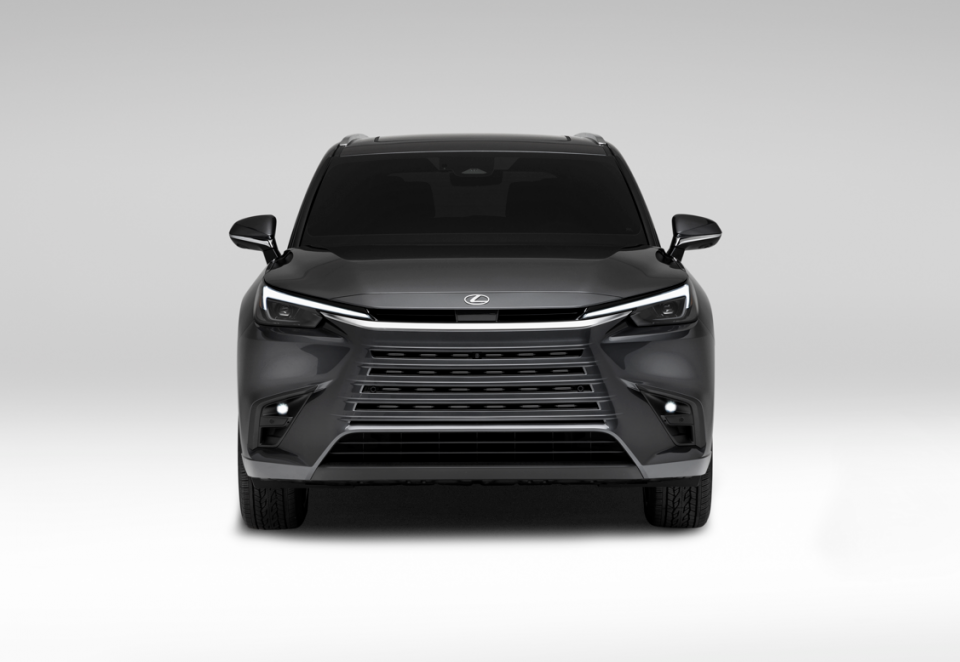
The TX 500h is powered by a familiar 2.4-litre turbocharged hybrid setup producing system outputs of 269kW and 555Nm of torque. This engine is available on the likes of the Toyota Grand Highlander and Lexus RX, among others.
Drive is sent through a six-speed automatic transmission with Direct4 all-wheel drive. Lexus claims combined fuel consumption is 9.8 litres per 100km.
The entry-level TX 350 is powered by a non-electrified 2.4-litre turbocharged four-cylinder petrol engine producing 202kW of power and 430Nm of torque.
This is mated with an eight-speed tranmission with drive sent either to the front wheels or through an all-wheel drive system.
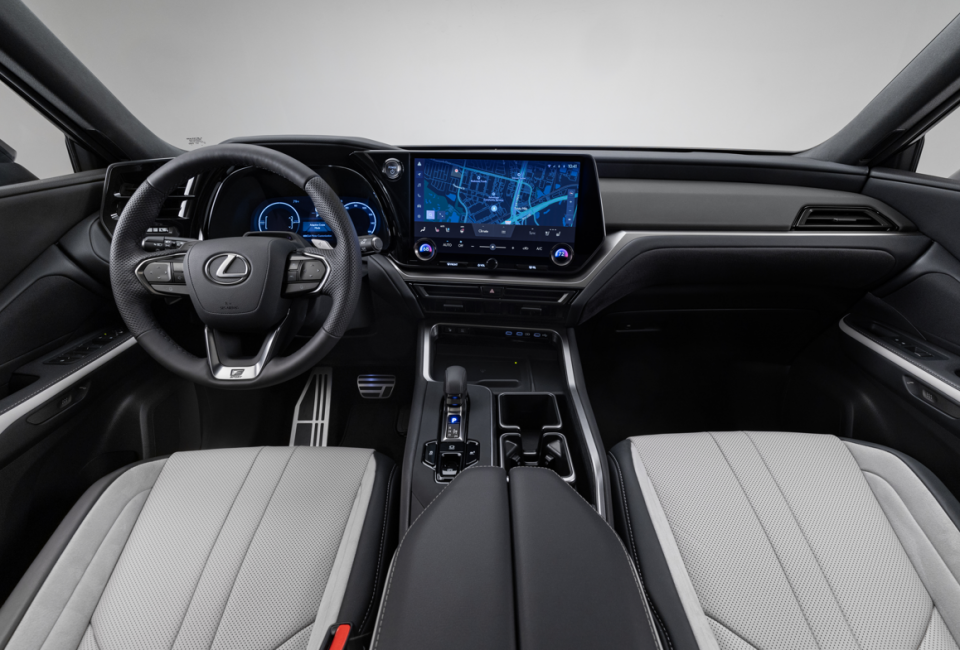
The Lexus TX measures in at 5156mm long, 1981mm wide, and 1780mm tall, with a 2949mm wheelbase. This makes it 266mm longer, 61mm wider, and 85mm wider than the Lexus RX, with a 99mm wheelbase.
Unlike the RX, the Lexus TX comes with three rows of seating. Even with the third row of seating upright there is 569 litres of boot capacity, which expands to 2746 litres with the third and second rows folded.
The Lexus TX will be offered in four different trims – Standard, Premium, Luxury, and F Sport Performance.
On the inside the TX has a 12.3-inch digital instrument cluster and a 14-inch touchscreen infotainment system. There’s also a 21-inch Mark Levinson premium surround sound system available with all powertrains.
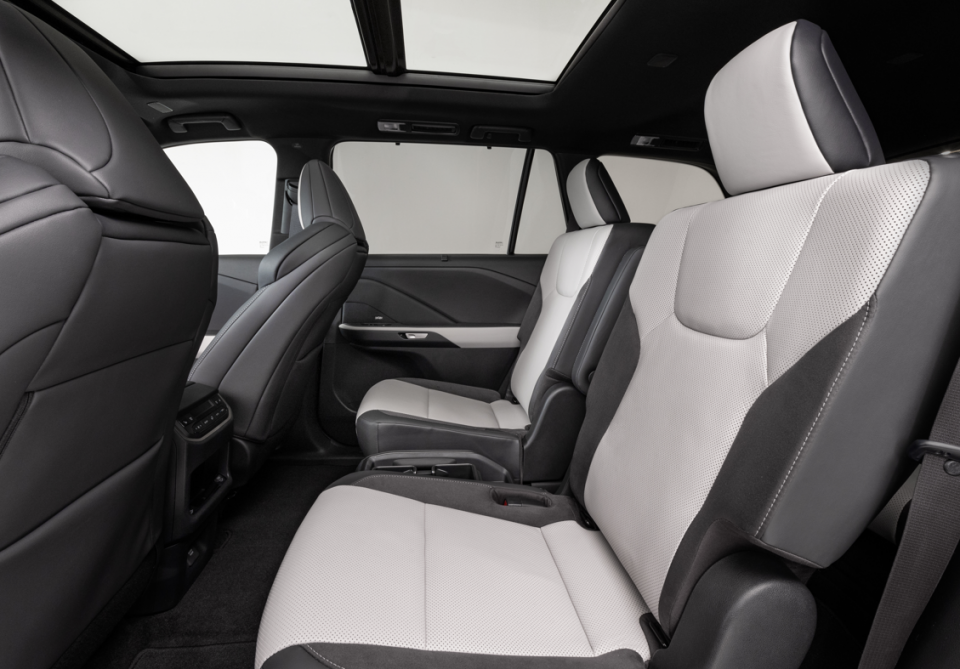
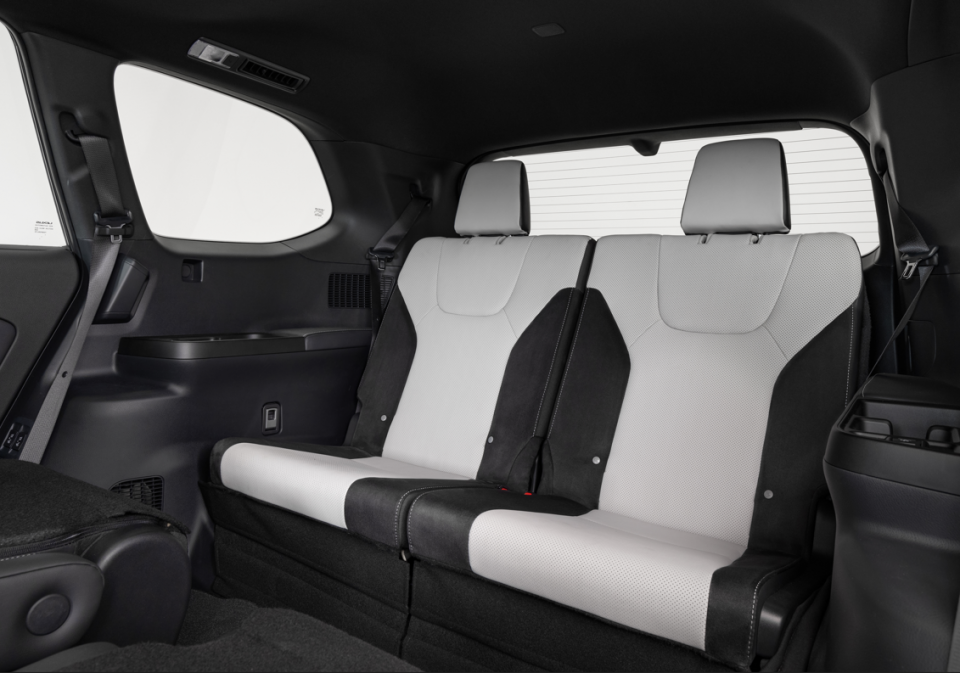
Depending on the variant, the TX is available with six or seven seats. The former comes with second-row captain’s chairs.
The TX will be available with alloy wheels ranging in size from 20- to 22-inches. Seven exterior colours will be offered, as well as three interior colourways.
On the safety front, the Lexus TX is fully loaded. It’s available with the following safety equipment:
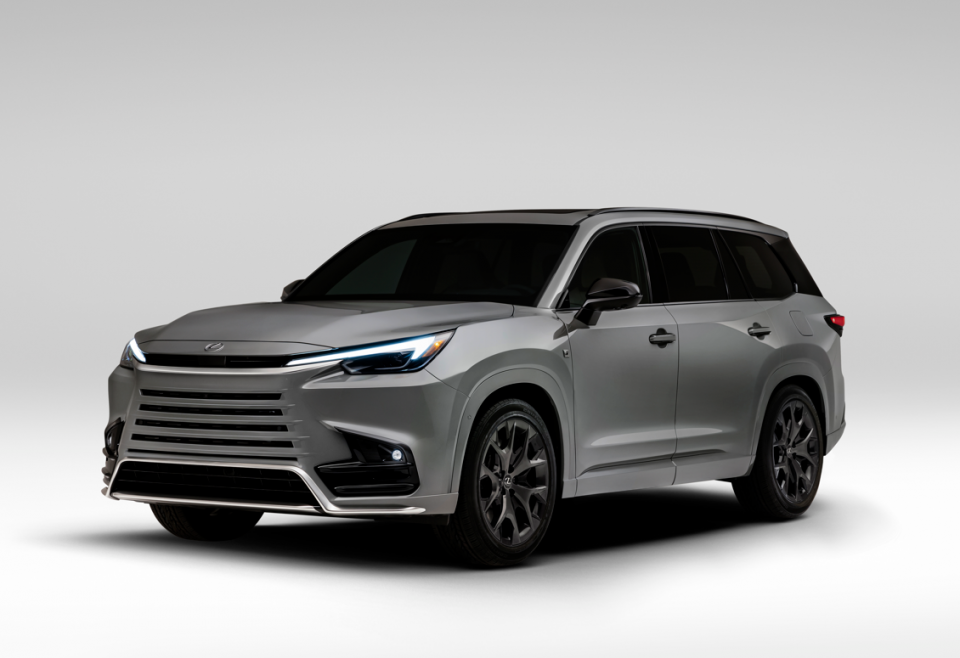
A parking assist is available, with traffic jam assist able to be activated with subscription.
Given the TX is North American-focused, it’s unlikely to be produced in right-hand drive.
The luxury brand recently confirmed it plans to reveal three cars in “three new segments” and bring them Down Under by around the middle of 2024.
One of these vehicles is confirmed to be the LM people mover, with the other two expected to the Toyota Yaris Cross-based LBX small crossover, as well as the new GX off-roader.
Click an image to view the full gallery.
Where expert car reviews meet expert car buying – CarExpert gives you trusted advice, personalised service and real savings on your next new car.
Jack Quick is an automotive journalist based in Melbourne. Jack studied journalism and photography at Deakin University in Burwood, and previously represented the university in dance nationally. In his spare time, he loves to pump Charli XCX and play a bit of Grand Theft Auto. He’s also the proud owner of a blue, manual 2020 Suzuki Jimny.


Anthony Crawford
6 Days Ago


Matt Campbell
5 Days Ago


James Wong
4 Days Ago


Max Davies
2 Days Ago


Josh Nevett
1 Day Ago


Josh Nevett
16 Hours Ago